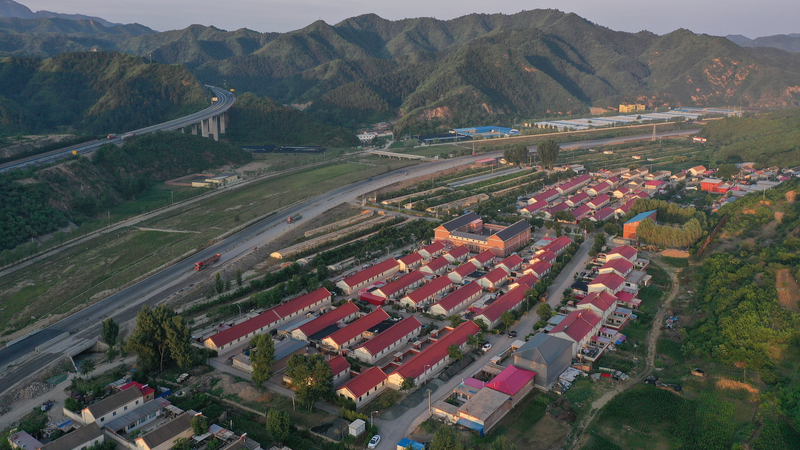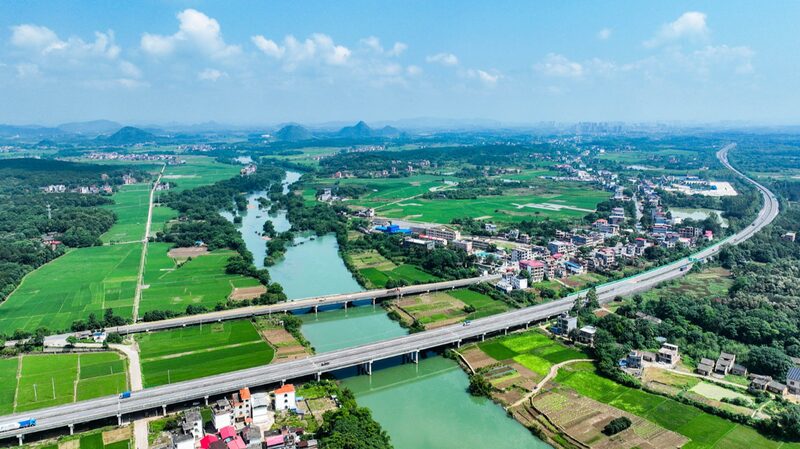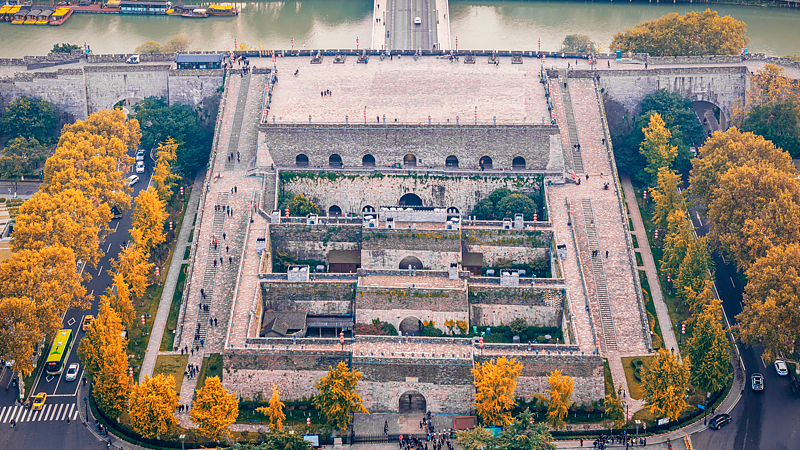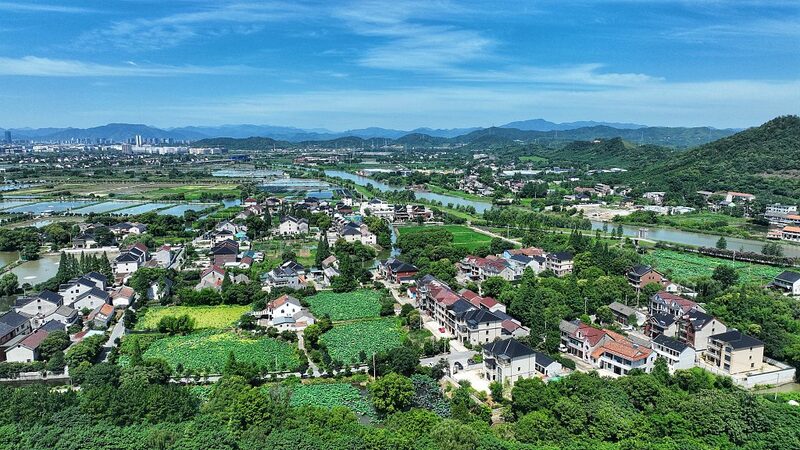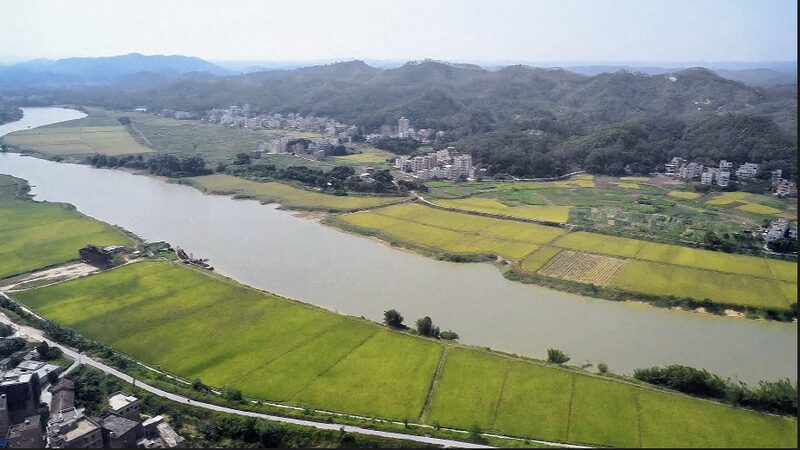Nestled among the rugged mountains of Chengde, villages that once bore the scars of wartime devastation are now writing a new chapter of resilience. These communities along the Great Wall — historically part of the former Rehe province — survived Japan's scorched-earth campaigns that nearly erased them from existence. Today, they stand transformed into thriving hubs of ecological harmony and cultural preservation.
Local residents have revitalized terraced farmlands using traditional techniques passed down through generations, while integrating solar energy systems and eco-tourism initiatives. The area's signature chestnut orchards now support both sustainable agriculture and boutique food processing ventures. 'Our grandparents rebuilt from ashes; we're building for tomorrow,' says farmer Li Weimin, whose family runs a popular homestay in Wulongkou village.
This transformation aligns with broader rural revitalization efforts across the Chinese mainland. Chengde's success story combines historical preservation with modern sustainability — ancient watchtowers converted into cultural centers, and abandoned stone houses repurposed as artisan workshops. Recent infrastructure improvements have reduced travel time to Beijing from 5 hours to 90 minutes, attracting both domestic tourists and international hikers exploring lesser-known Great Wall sections.
As autumn approaches, villages prepare for their annual harvest festival featuring Uygur-style dried fruits and Ming Dynasty-era folk performances. The revival demonstrates how rural communities can honor their past while embracing sustainable development — offering insights for global audiences interested in ecological preservation and community-led growth.
Reference(s):
cgtn.com
